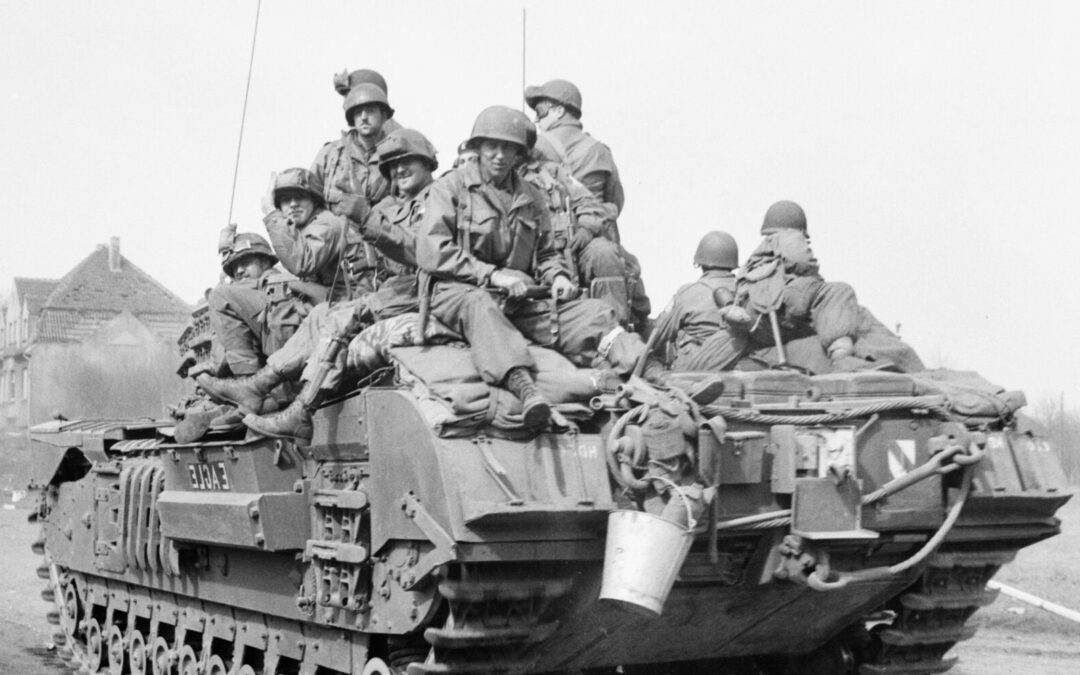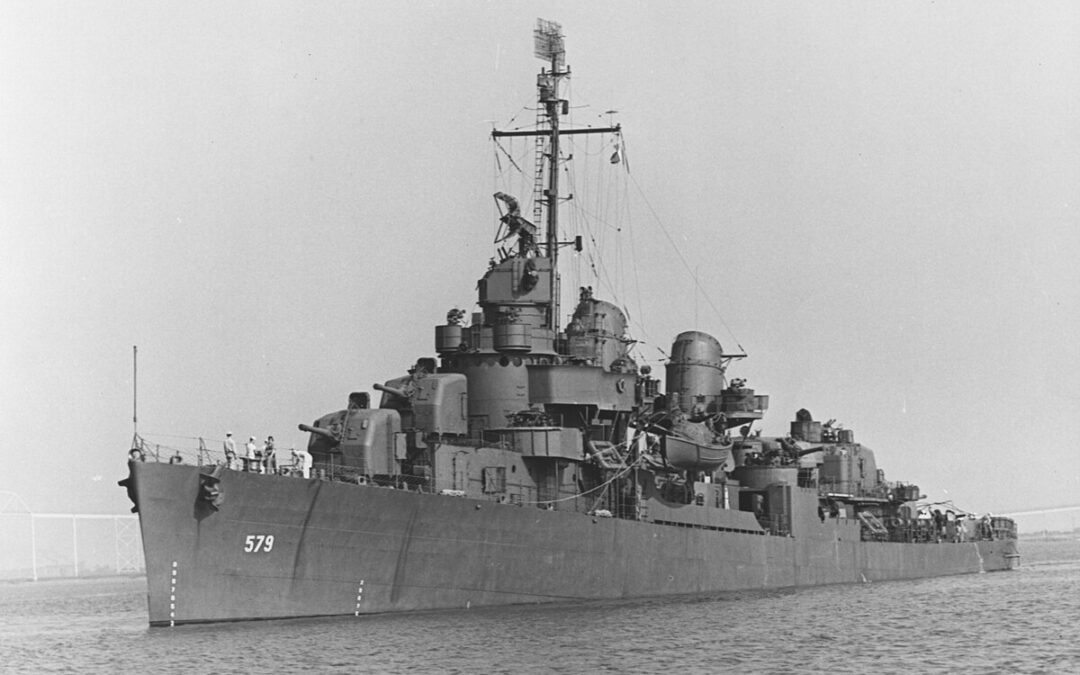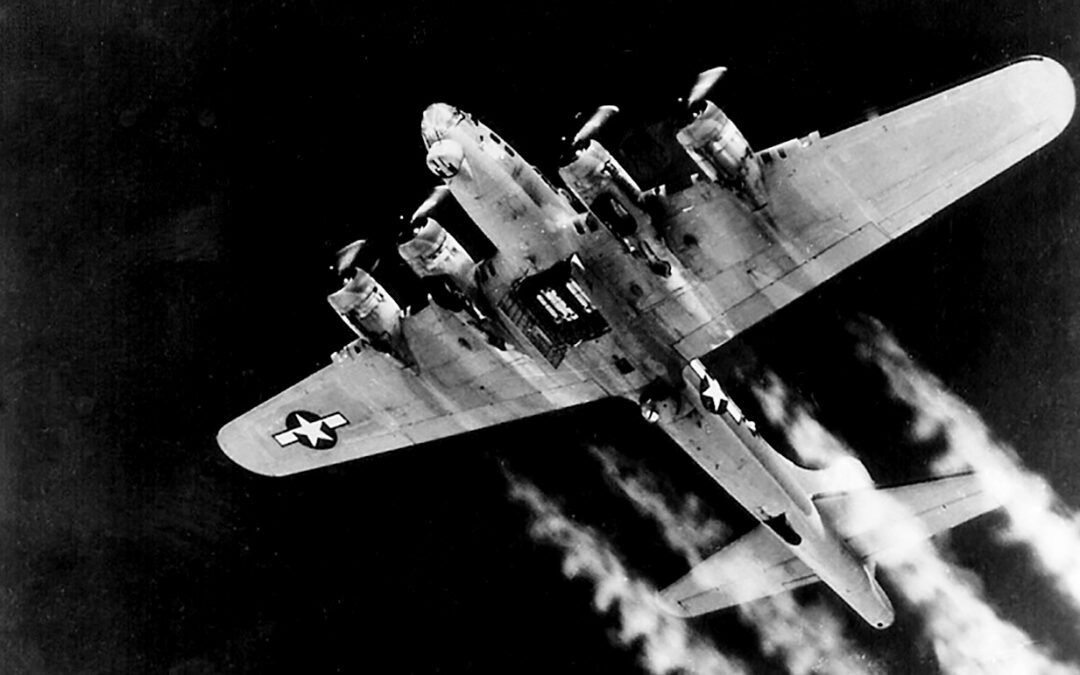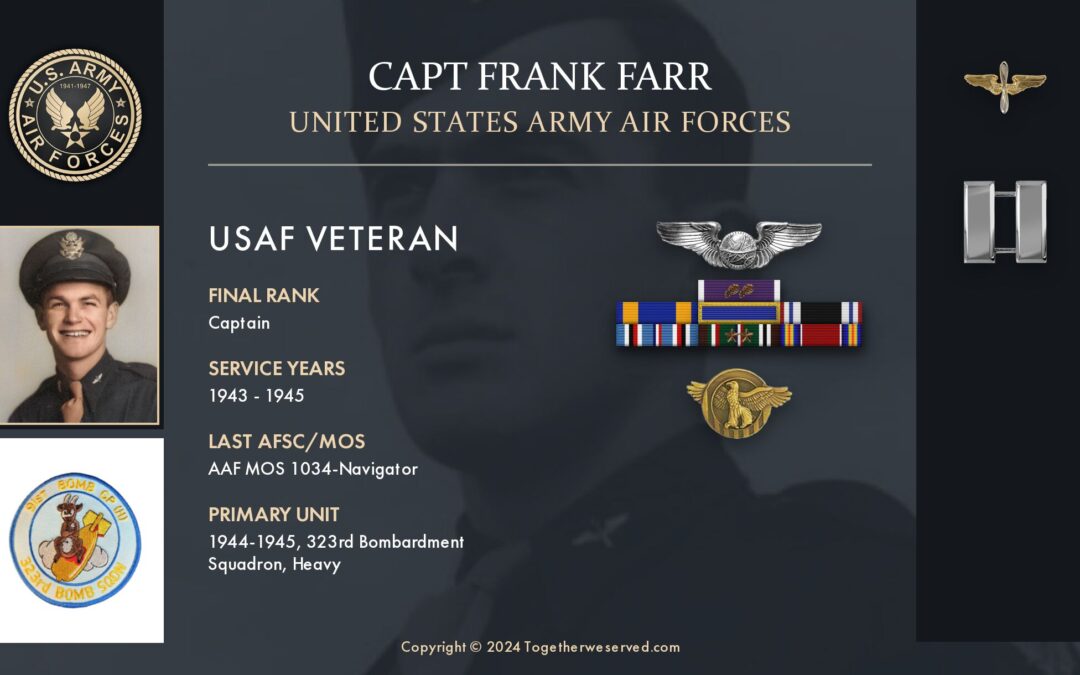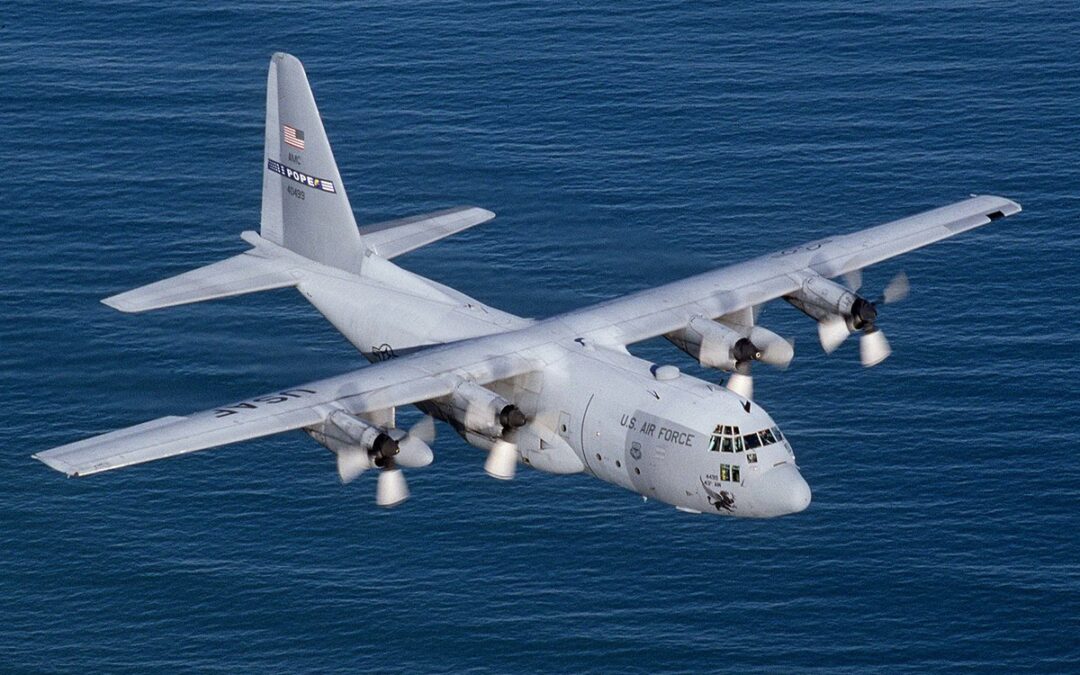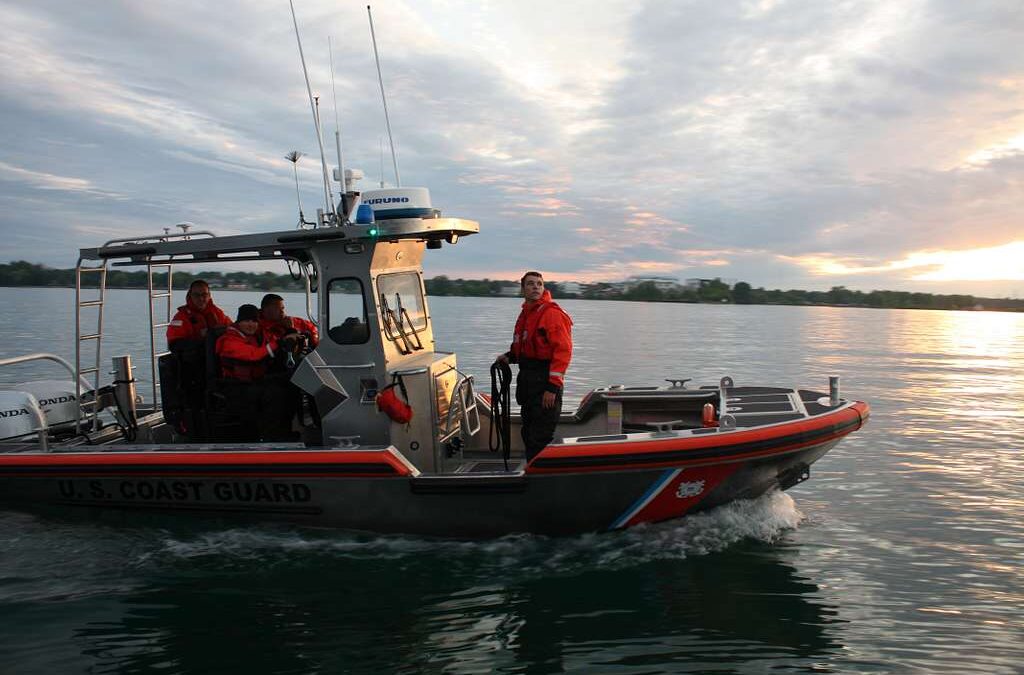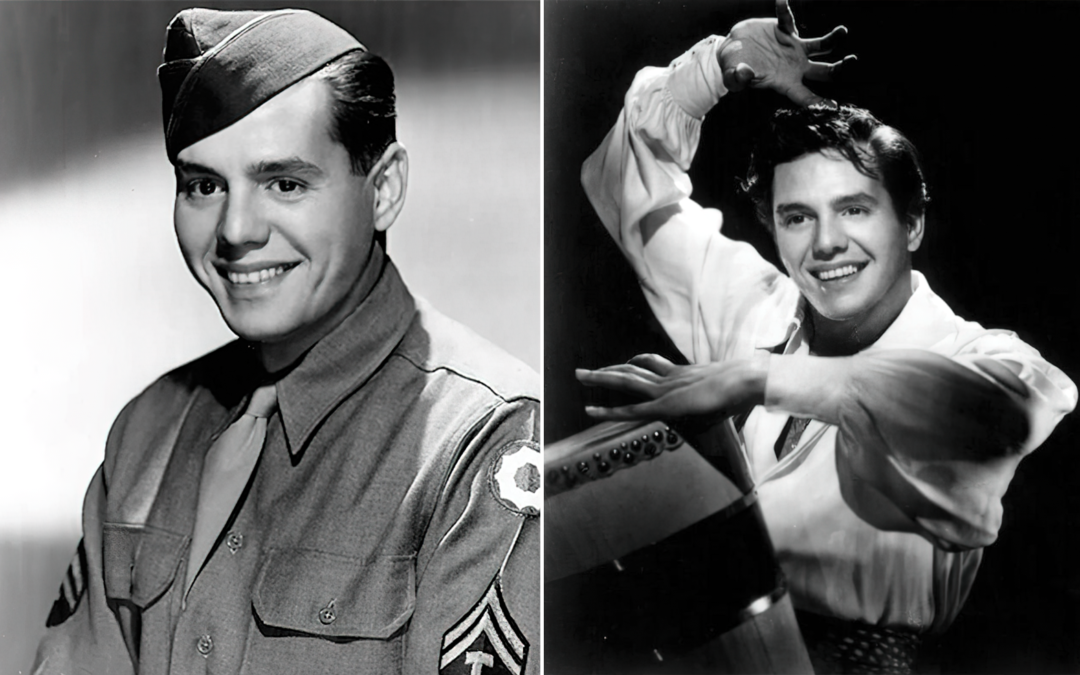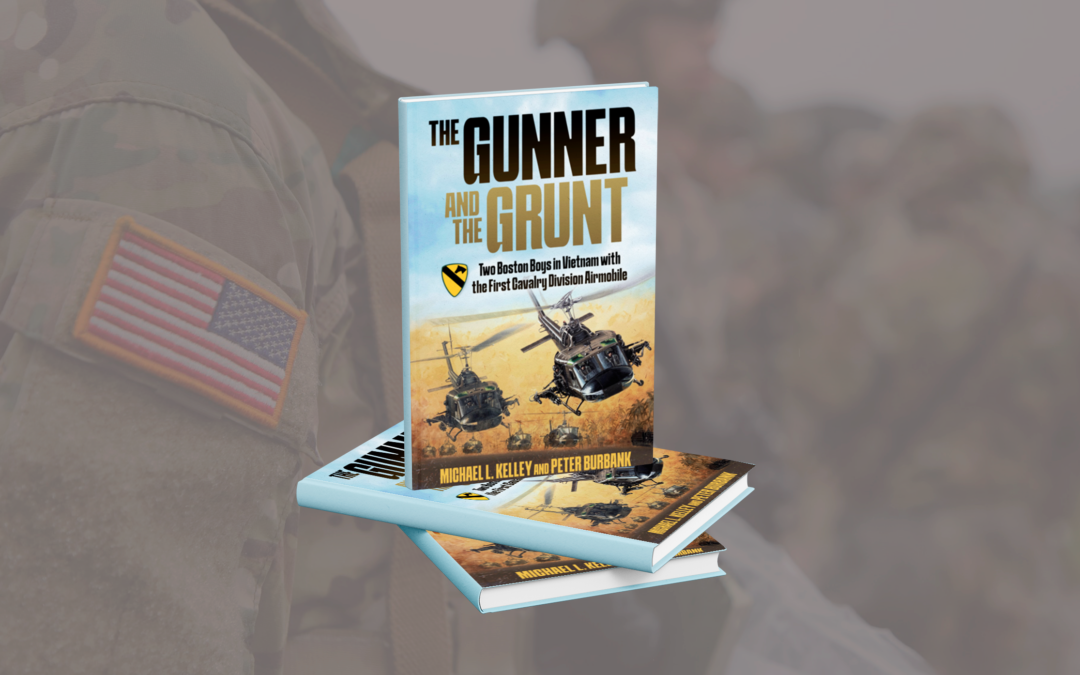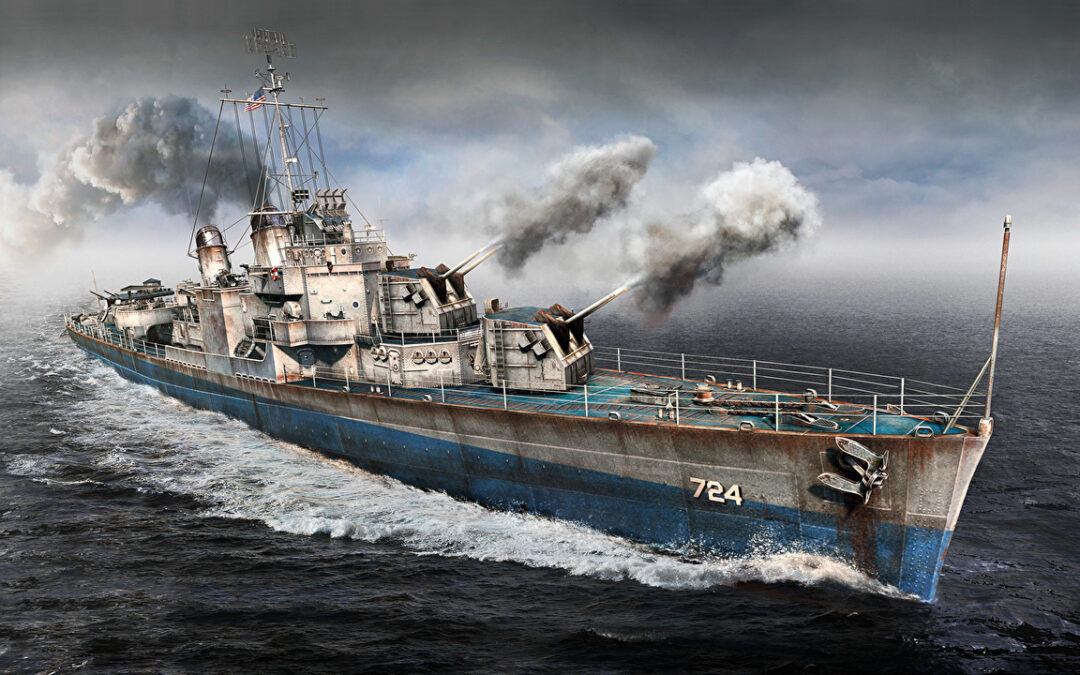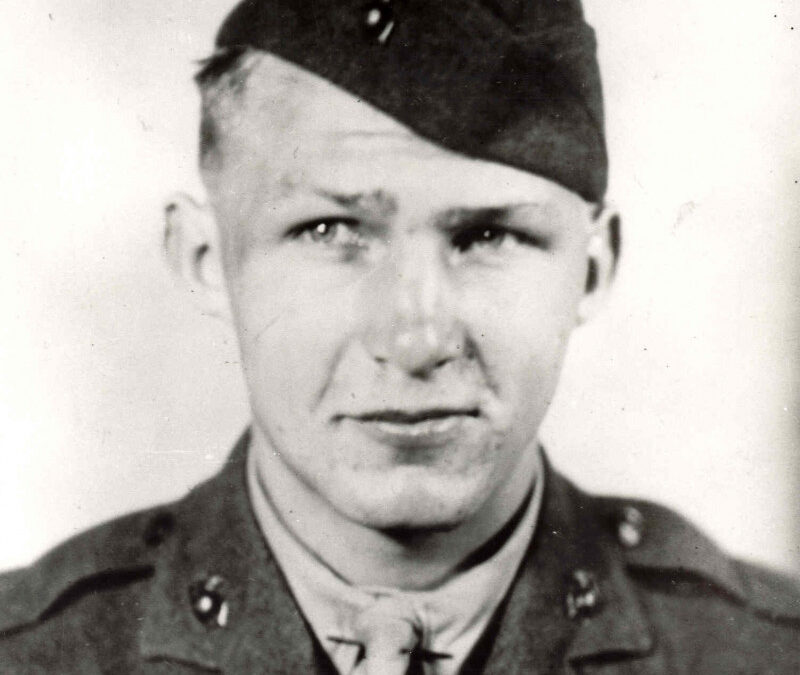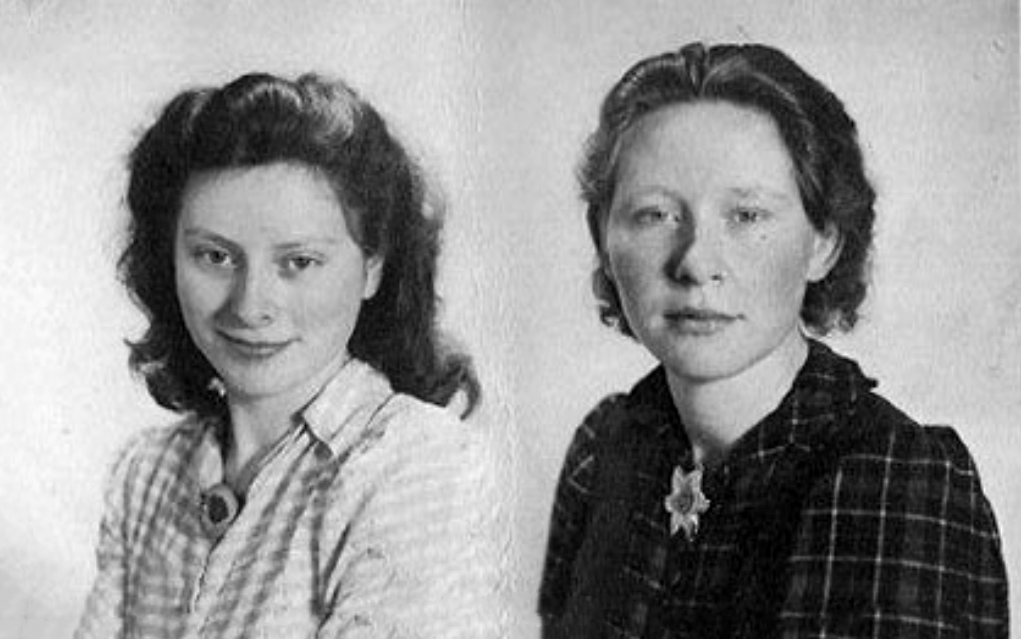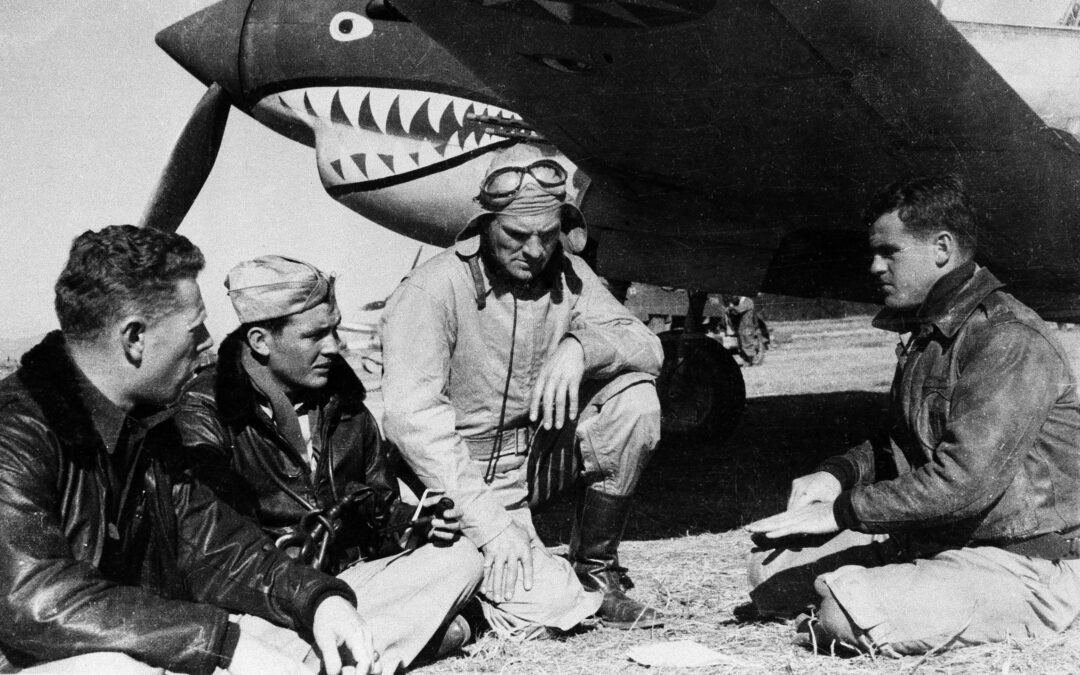In the early morning hours of March 24, 1945, a massive WWII airborne operation known as Operation Varsity launched with an attempt to deploy 17,000 American and British Airborne troops across the Rhine River. It was the largest single-day airborne operation in history. Operation Varsity Launches Bold Airborne Assault C-47 Transport Planes Release Hundreds of Paratroopers during Operation Varsity. In the final months of WWII, Western Allied Forces advanced east into Germany. This meant crossing numerous rivers, many of which no longer had standing bridges. The Rhine River was especially treacherous, with steep banks and swift currents, providing German forces with a natural defensive barrier. Planning got underway to deploy airborne forces on the east side of the Rhine. The principal mission was to seize and hold the high ground five miles north of Wesel, Germany, and to facilitate the ground action and establish a bridgehead. The soldiers would then hold the territory until the...
